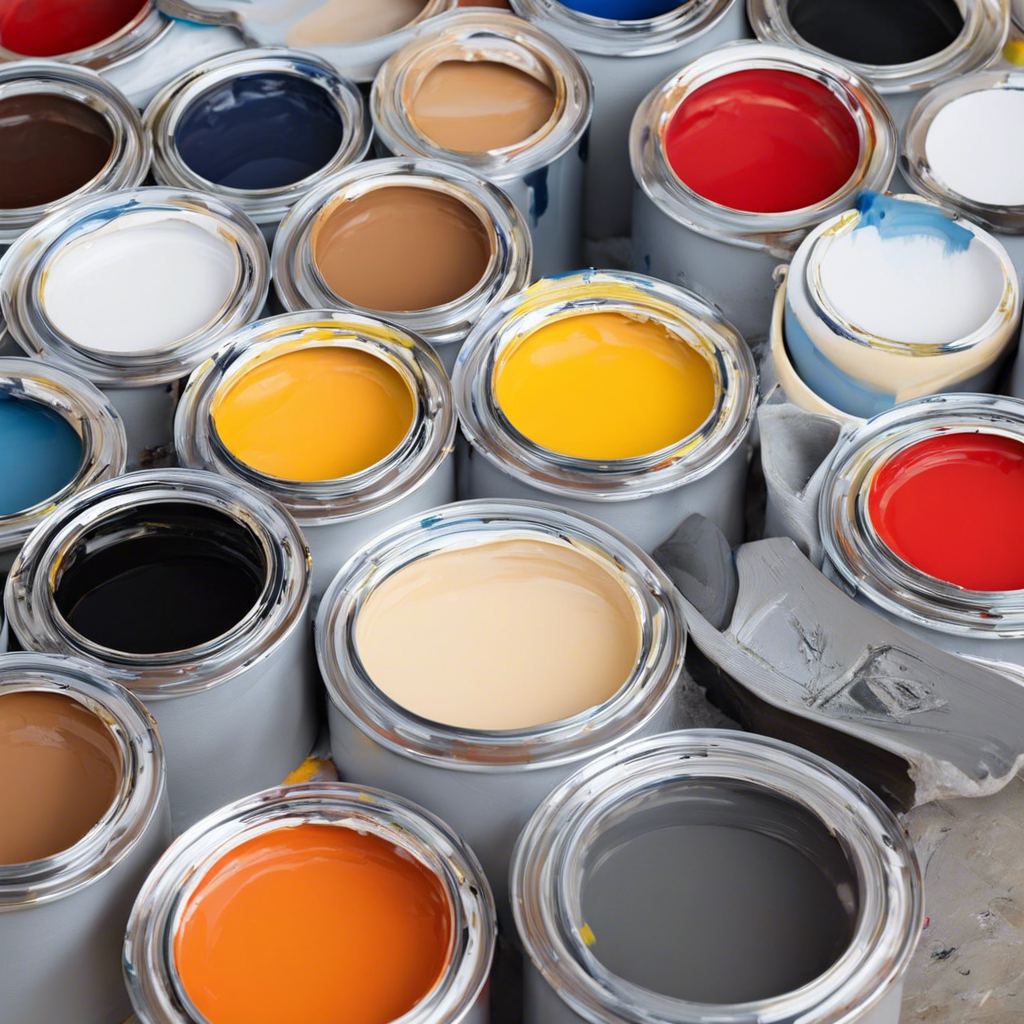Preparing your space and understanding your tools are key to achieving a flawless paint job. Whether you’re a seasoned pro or a novice, taking the time to set up your workspace and familiarize yourself with your equipment will result in a smoother process and a superior finish. Here are some tips to help you paint like an expert and achieve flawless results.
First and foremost, invest in quality paint and tools. Cheap paint and brushes may save you money upfront, but they can make your job harder and lead to unsatisfactory results. Spend a little extra to get good-quality paint that will cover evenly and last longer. Also, don’t skimp on brushes and rollers. Quality applicators hold more paint, ensuring a more even distribution and helping you achieve a smoother finish.
Protect your space by covering floors and furniture with drop cloths. Use painter’s tape to secure the edges and ensure a tight seal. This will not only protect your floors from paint splatters but also create a crisp, clean line where your walls meet your ceiling or trim. Take the time to do this step properly; it will make clean-up easier and give your space a polished look.
Proper preparation is key to a great finish. Start by cleaning the surfaces you’ll be painting with a mild detergent and water, and allow them to dry thoroughly. Fill any holes or cracks with spackling compound and sand them smooth once dry. Priming is also crucial, especially if you’re painting a porous surface or one that has never been painted before. A good primer will help the paint adhere better and give you a more uniform finish.
When it comes to technique, start with the edges first. Use a small brush to carefully paint around windows, doors, and moldings. Then, use a roller to paint the main surface area, working in small sections to ensure even coverage. Use long, even strokes in one direction, overlapping each stroke slightly to avoid streaks and ensure a consistent finish.
Paint in natural light to accurately judge the color and ensure a consistent finish. Start at the top and work your way down to avoid drip marks. Take breaks often to step back and assess your work, checking for any spots you may have missed or areas that need a second coat.
Good ventilation is crucial when painting, both for your health and for the drying process. Open windows to allow fresh air to circulate and, if possible, set up a fan to help speed up drying between coats.
Finally, don’t rush the process. Allow yourself plenty of time to complete the job properly, and don’t be afraid to take breaks. Painting can be tiring, and a well-rested painter is less likely to make mistakes.
